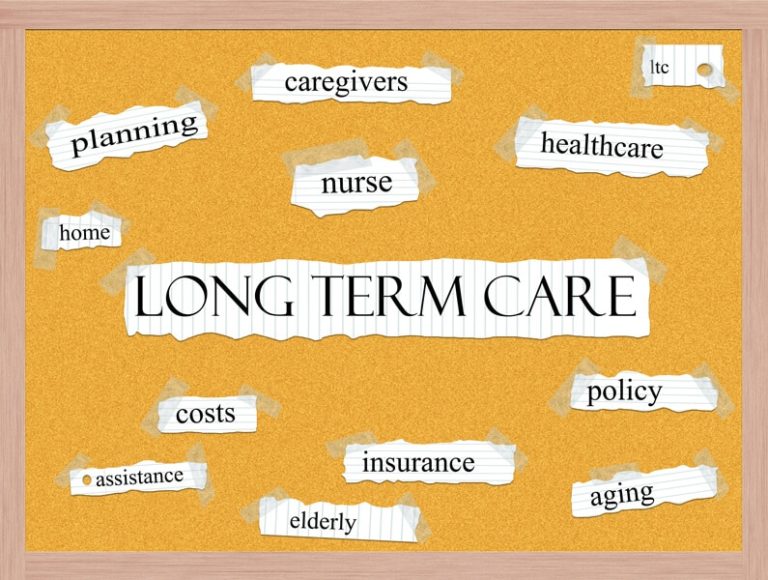Even with good planning, senior care can be expensive. We’ll help you discover how to pay less for assisted living with these eight tips.
For many seniors, assisted living is the next step in their lives. But assisted living doesn’t mean the end of everything they love. Rather, seniors can maintain a social, vibrant lifestyle full of activities and relationships. With the right assisted living space, your loved one can live their best life while receiving the support they may need.
However, assisted living often comes with a hefty price tag. As of 2020, the national median cost of assisted living is $4,300 a month. And you might be surprised (as well as disappointed) to learn that assisted living is not covered by Medicare. Most families end up paying for assisted living out of pocket, which can lead to financial hardships for some. Thankfully, there are several ways to cover costs and save money on your loved one’s long-term care. Read on to learn eight ways to get your loved one the care they need without breaking the bank.
1. Ask about price and specials
Care choice, price flexibility and specials can help with the costs of assisted living. When beginning your search, start by looking at the different care options available. Since the options tend to range in price, be sure to consider group homes, nursing homes, at-home care, and more. If you aren’t sure what sort of care you need, our care expert, Belinda, specializes in finding the best long-term care placement for you and your loved one.
Time of year and location can also affect the price. Some long-term communities may be willing to offer a discount upfront, while other facilities offer end-of-the-month or seasonal deals with lower move-in rates. During your search for the perfect long-term care, be sure to ask these questions:
- Are there any move-in incentives?
- Are there specials available?
- Is the monthly price negotiable?
- Are there any discounts available?
2. Compare pricing
Price comparison is another great way to find an assisted living space that works for you and your loved one. Typically, there are two payment models in assisted living communities. They are:
- À la carte: This option allows you to purchase services or items separately. Based on need, these can include laundry or bathing services, additional housekeeping and more.
- All-inclusive: With this option, you’ll pay a monthly fee that covers a range of services so there are no surprise charges. But be sure to ask what’s included.
Knowing your options — as well as your needs — will allow you to better plan and budget. For example, if family members can assist with housekeeping or personal grooming, à la carte payments may be the best way to go. If your loved one needs more care or you expect their needs to change over time, all-inclusive payments could be your best bet.
3. Consider shared rooms
Just like with college dorms, having a roommate often proves to be more cost-effective than a single room or apartment. Aside from being more cost-conscious, sharing a room is often safer and helps prevent loneliness — two common problems among seniors.
4. Sign up for discount programs
Through senior benefit programs, your loved one may be eligible to receive funds or assistance. These benefit programs redistribute money normally spent on necessities to help cover assisted living costs. To find a program, visit The National Council on Aging (NCOA) (1) to help save on costs.
5. Get a mover
Hiring someone to help your loved one transition into assisted living can actually save money. Move managers can help you determine the least expensive time to move, the best ways to downsize, and how to sell unwanted or unneeded possessions to help cover assisted living costs. Not only could you make money, but many assisted living communities also offer referral discounts for these relocation services.
6. Take advantage of tax credits and deductions
Did you know there are senior and caregiver tax credits? There are, and they can be a great way to alleviate assisted living costs. Depending on your situation, you and your loved one could qualify for tax deductions. From the Child and Dependent tax credit (2) to medical expense deduction, talk to a tax professional to see what you might qualify for.
7. Consider moving
Long-term care costs vary widely from state to state and from city to city. Generally speaking, assisted living costs more in urban areas and populous cities due to higher real estate values and increased cost of living. But if you aren’t tied to your city (or state), moving can be a great way to save some money. Even going just an hour away from a city can reduce care costs by 25%.
8. Get personalized assistance
No one knows you and your loved one’s needs better than you. 1on1’s care advisors have an extensive history of working with families to find and afford their perfect long-term care. As retirement planning experts, they’ll guide you and your family through the complicated process of long-term care based on your particular needs. By working closely with you and your family through the entire process, they help your loved ones access the benefits they are entitled to while reducing the financial burden.
Learning how to afford assisted living early can be daunting. With eldercare experts and years of experience, let 1on1 help you discover how to pay for California eldercare. Visit our site for more information and to download our free guide on how to pay for senior care.
Footnotes
1) https://www.ncoa.org/
2) https://www.irs.gov/taxtopics/tc602




